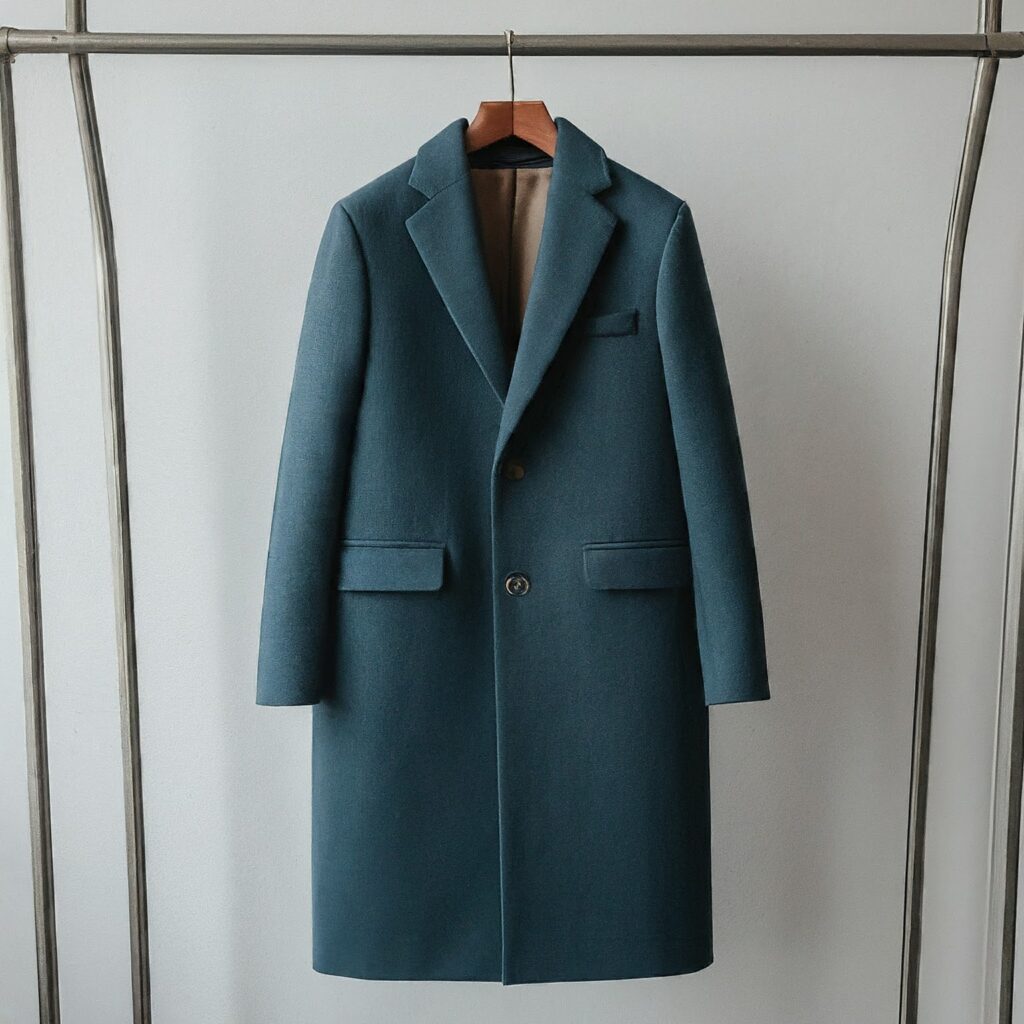Choosing the Right Interlining Fabric
Ever wondered what makes your favorite jacket so stiff and keeps its shape? Or how your tote bag stays upright even when it’s full of stuff? The secret weapon behind these well-made garments is often hidden inside – it’s called interlining fabric. This special fabric acts like a hidden helper, giving your projects more body, support, and a finished look.
But with so many different kinds of interlining fabric out there, picking the right one can be confusing. Don’t worry, stitchers! This guide will explain all about interlining for different clothes, like jackets, bags, dresses, and more.
Table of Content
- What is Interlining Fabric and Why Do We Use It?
- Different Types of Interlining Fabrics
- Choosing the Right Interlining Fabric for your garment
- Pro Techniques and Troubleshooting
- Conclusion
What is Interlining Fabric and Why Do We Use It?
Imagine a cool jacket that flops over instead of looking sharp. Or a tote bag that bulges and droops when you fill it with stuff. Interlining fabric is like a secret layer that helps your clothes keep their shape. It goes between the outer fabric and the lining of your garment.
Here’s why interlining fabric important:
- Makes your clothes stronger: It adds body and support, especially to areas like collars, cuffs, waistbands, and bag straps, so they don’t get floppy.
- Helps clothes drape better: For some flowy dresses, interlining can help the fabric hang nicely without making it stiff.
- Keep clothes looking good longer: Interlining helps clothes keep their shape, even after you wash them many times.

Different Types of Interlining Fabrics
let’s explore Different types of interlining fabrics are :
Woven Interlining Fabric
- Material: Made by weaving threads together, creating a strong and structured fabric.
- Weight: Comes in various weights, from lightweight for collars to heavyweight for jackets.
- Applications: Ideal for jackets, coats, collars, cuffs, waistbands, and bags that require substantial structure.
Non-Woven Interlining Fabric
- Material: Fibers bonded together using heat or chemicals, resulting in a lightweight and breathable fabric.
- Weight: Generally lighter than woven interlining, offering a range from very lightweight to medium weight.
- Applications: Perfect for garments like dresses, skirts, and lighter jackets where a touch of structure without added bulk is desired.

Fusible Interlining Fabric
- Special Feature: Has a heat-activated adhesive backing that allows you to iron it directly onto your fabric.
- Material and Weight: Available in both woven and non-woven options, with varying weights.
- Applications: A convenient choice for collars, cuffs, pockets, and other areas that require a secure bond without sewing.
Sew-In Interlining Fabric:
- Application Method: Attached to the garment using sewing techniques rather than ironing.
- Material and Weight: Similar options to fusible interlining, offering woven and non-woven varieties in different weights.
- Applications: Suitable for projects where ironing might damage
Choosing the Right Interlining Fabric for Your Garment
let’s delve into specific garment types and explore how to choose the perfect interlining for each:
Jackets and Coats:
- Goal: Structure, warmth , and shape retention.
- Ideal Interlining Fabric:
- Woven Interlining Fabric: Provides excellent structure for collars, lapels, fronts, and backs of jackets and coats.
- Fusible Woven Interlining Fabric: Offers a convenient option for attaching interlining to jacket pieces.
- Fusible Interlining : Adds warmth and a cozy feel to winter jackets.

Bags and Totes:
- Goal: Maintain shape, provide support for straps and handles.
- Ideal Interlining Fabric:
- Woven Interlining Fabric : Offers structure for bag bottoms and areas that need to hold their shape.
- Non-Woven Interlining Fabric : A good option for tote bags that require some structure without adding bulk.
- Fusible Interlining Fabric: Convenient for attaching interlining to bag straps and handles.
Dresses and Skirts:
- Goal: Enhance drape, add some structure without stiffness, and improve shape retention.
- Ideal Interlining Fabric:
- Non-Woven Interlining Fabric : A great choice for adding a touch of structure to bodices, waistbands, and hems without affecting the drape of flowing fabrics.
- Fusible Non-Woven Interlining Fabric: Offers a convenient way to attach interlining to dress bodices and waistbands.

Shirts and Blouses:
- Goal: Crisp collars, structured plackets, and improved shape retention.
- Ideal Interlining Fabric:
- Woven Interlining Fabric : Perfect for creating crisp collars and stable plackets in shirts and blouses.
- Fusible Woven Interlining Fabric: A convenient option for attaching interlining to collars and plackets.
Pro Techniques and Troubleshooting
Here are some additional pointers to ensure your interlining journey is smooth sailing:
- Pre-wash your fabric: Washing your fabric before attaching interlining fabric helps prevent shrinkage and ensures the finished garment fits properly.
- Test on Scraps: Always test the interlining fabric on a scrap of your fabric first to ensure proper adhesion (for fusible interlining) and compatibility.
- Use the right heat setting: Refer to the iron and interlining instructions to avoid scorching the fabric or melting the adhesive backing on fusible interlining fabric.
Troubleshooting Interlining Issues: If your interlining fabric bubbles or peels after ironing, it might indicate incorrect heat settings or incompatible materials. Experiment with a lower heat setting or try a different type of interlining fabric.
Conclusion
By understanding the different types of interlining fabrics and how to choose the right one for your project, you’ve unlocked a powerful tool in your sewing arsenal.
So, Happy Sewing
Link of related Articles
- Unveiling the Differences Between Lining and Interlining Fabric Naturally
- Selecting the Appropriate Interlining: Fusible vs. Non-Fusible
- What is Interlining Fabric Used For?

